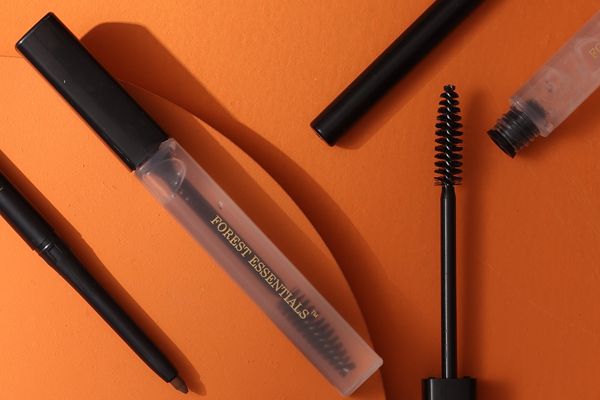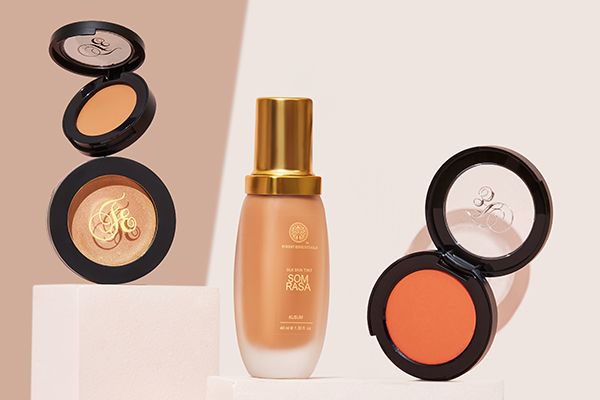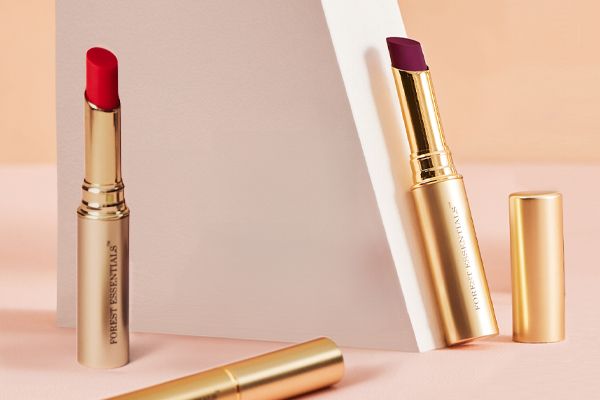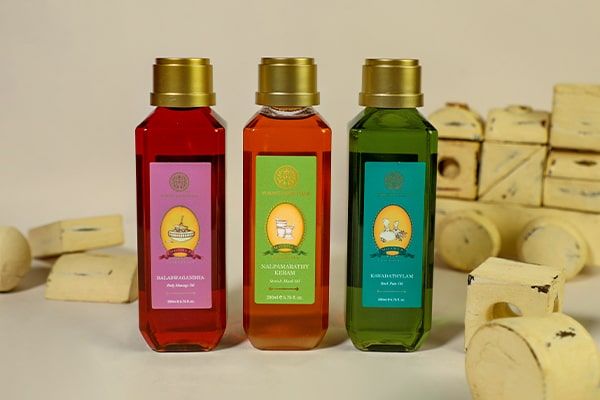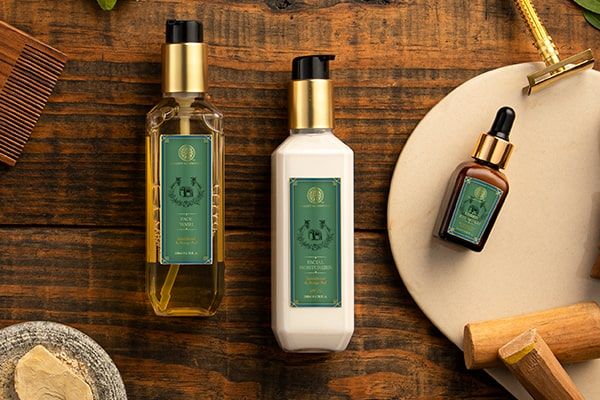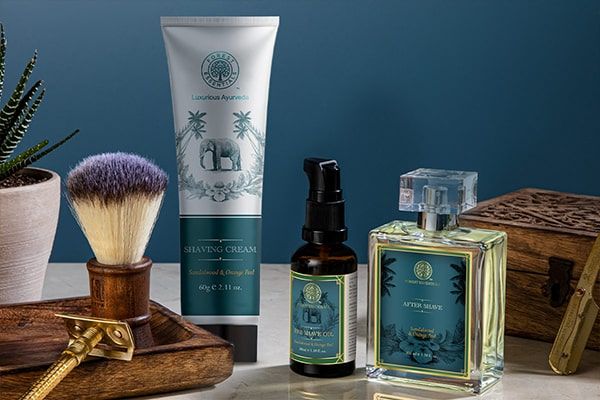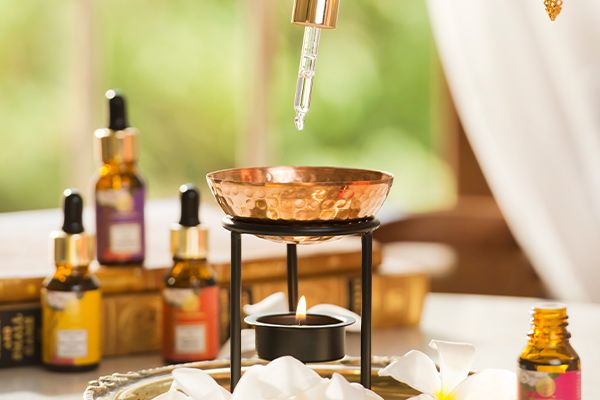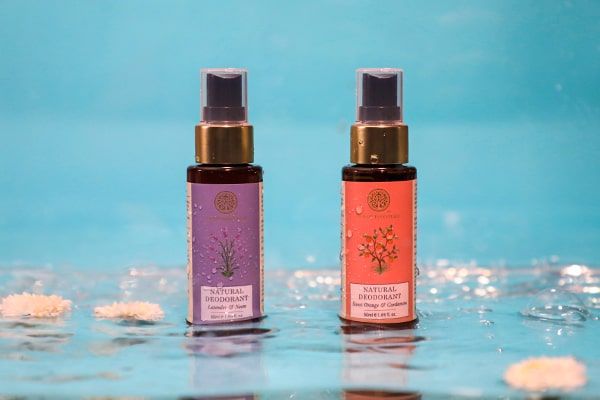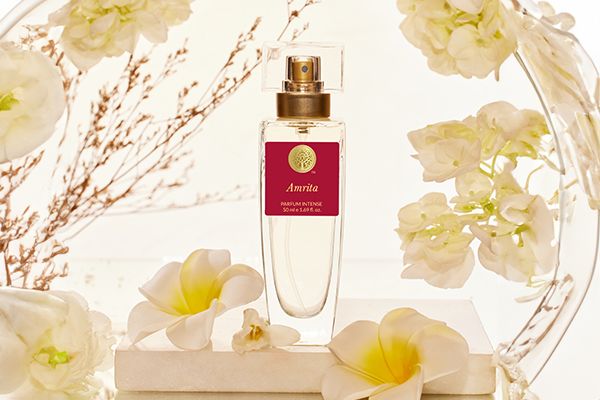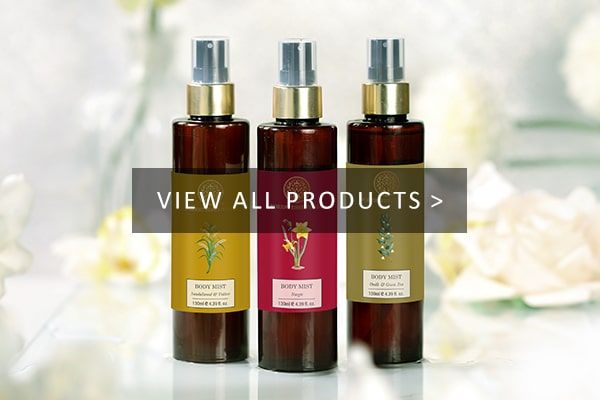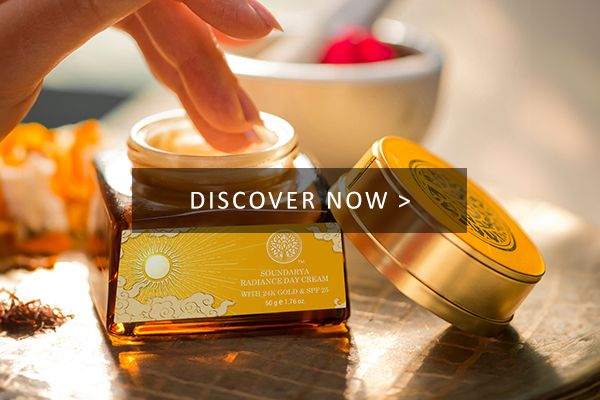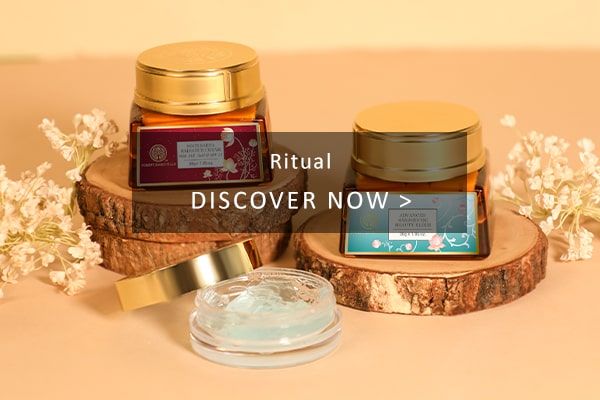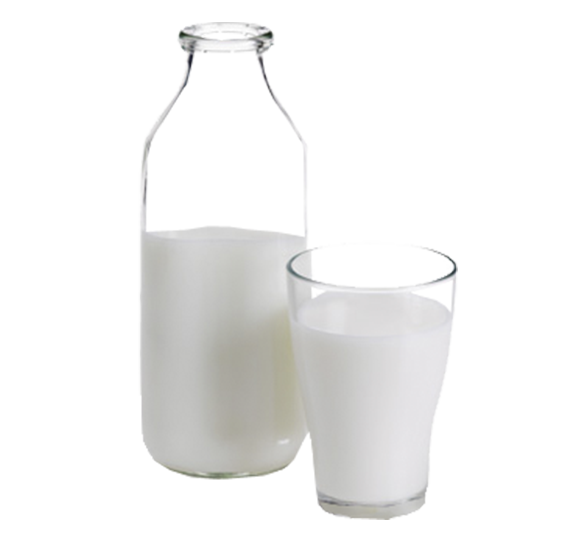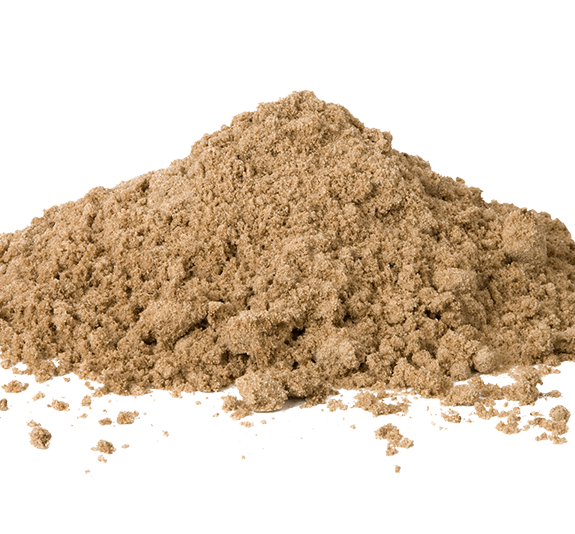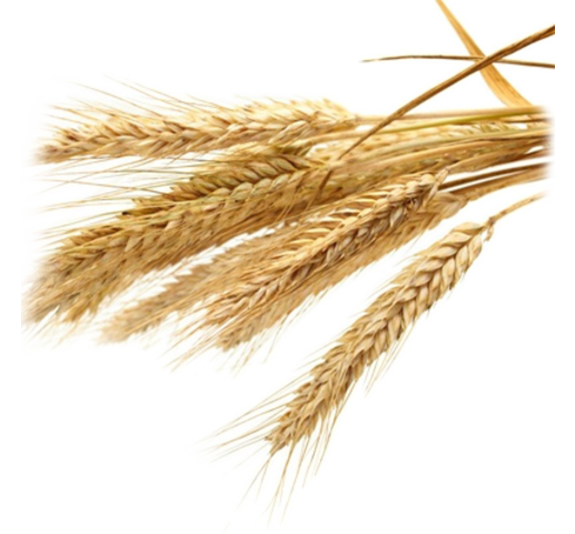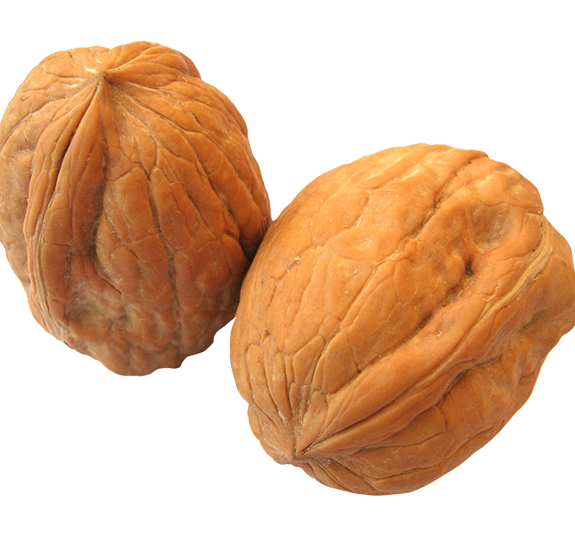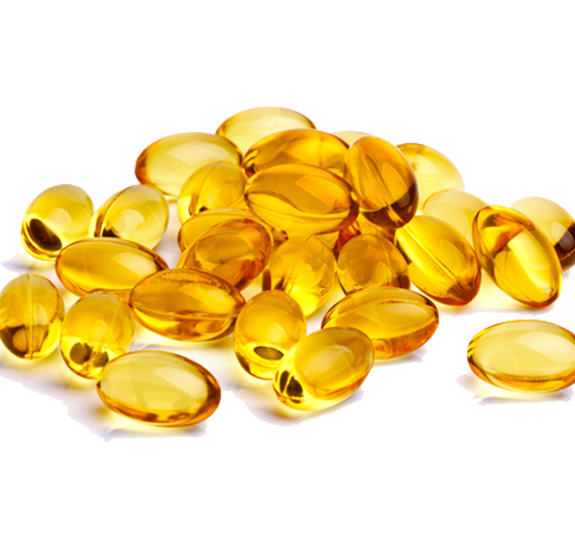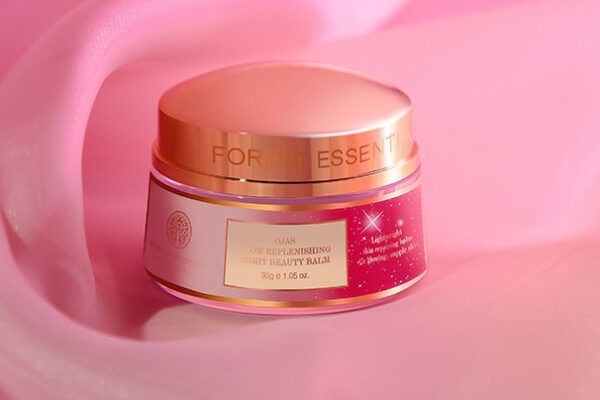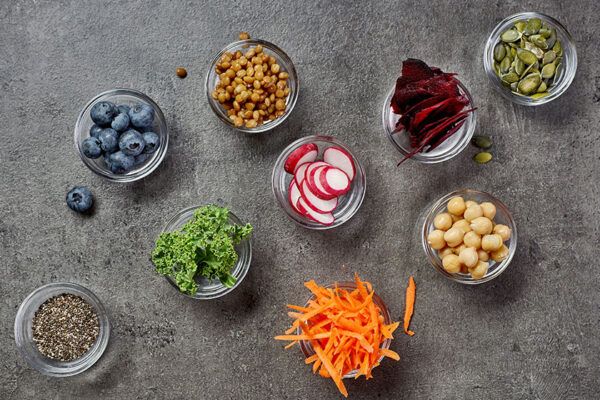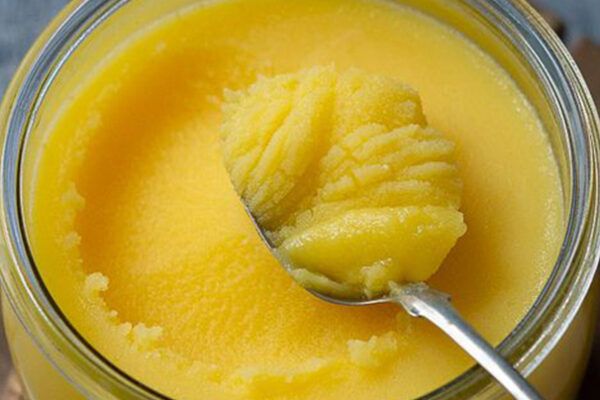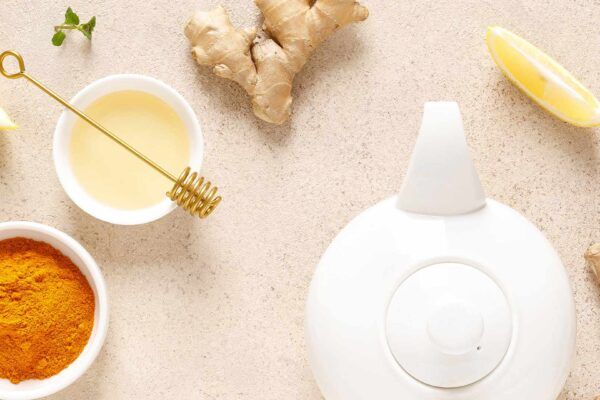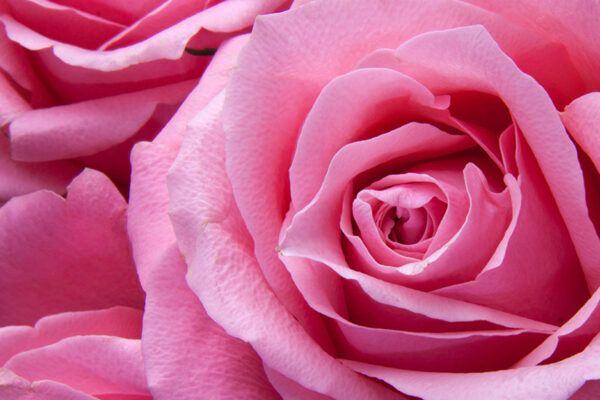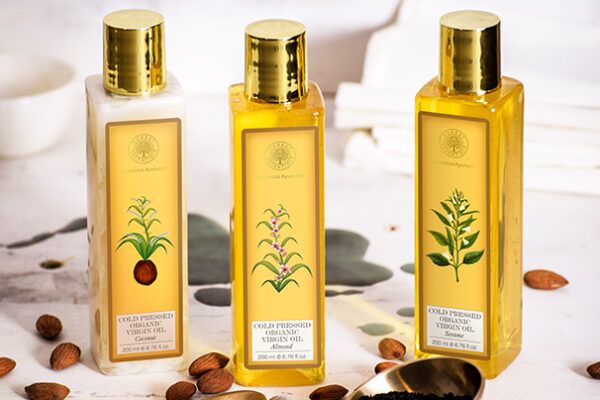Arjuna Bark
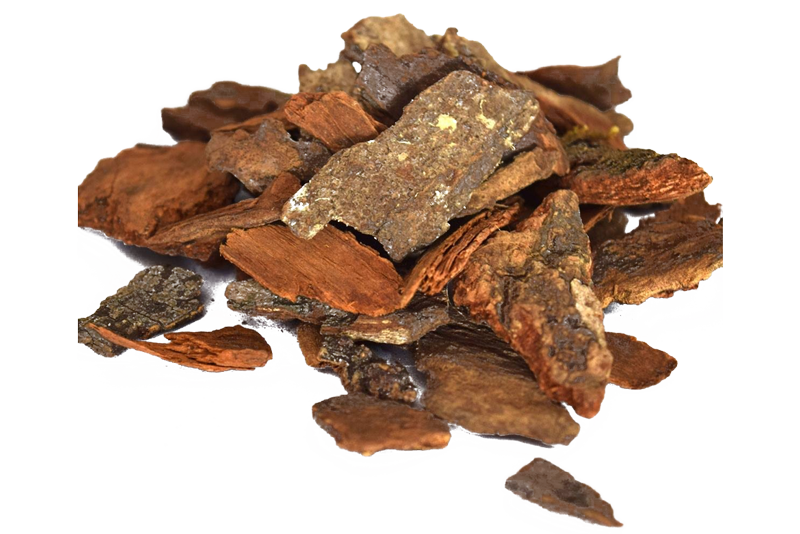
The Arjun Tree, also known as Terminalia Arjuna, is well known in Ayurveda for a multitude of health and skincare benefits. The bark of this tree is the main medicinal component used for therapeutic purposes. Along with Arjuna powder benefits in numerous skin issue, it is also known for its cardioprotective actions. The medicinal properties of T. Arjuna range from antioxidant, hypotensive, anti-atherogenic, anti-inflammatory, anti-carcinogenic, and anti-mutagenic to gastro-productive effects.
Arjuna is also enriched with some important minerals for the health of our heart such as potassium, and a number of other components such as arjungenin, arjunolic acid, polyphenols, and gallates. Its cardio-tonic properties help to strengthen the heart muscles, and these are described and elucidated in the ancient Science of Ayurveda very well.
The Ayurvedic perspective on Arjuna Bark
Kukubh sheetali hridya kshtakshyavishashtrajita|
Medomehavranana hanti tuvar kaphpittahritam||
Bhav Prakash Nighantu!!
Bhavaprakasha, a treasured Ayurvedic text, describes the benefits of Arjuna bark as being heart healthy (hrudya), improving blood quality (raktha sangrahik) and preventing & removing swelling and clogging (shotaghna), apart from promoting other cardiac functions
In addition to being a boon for heart patients, the Arjuna bark helps in healing injuries, improves general weakness, and works as an antidote. It is also used for blood and lymph-related concerns, diabetes, and its various complications.
Ayurvedic Attributes of Arjuna:
- Guna (qualities): Laghu (light), Ruksha (roughness)
- Rasa (Taste): Astringent, bitter, slightly pungent
- Vipaak (Post digestive effect): Pungent
- Veerya (potency): Sheet (cooling)
- Dosha karma (properties): Kapha-Pitta Shaamak
The astringent, bitter and slightly pungent qualities of this herb make it a skin-friendly ingredient. Its cooling influence on physiology helps in balancing the Pitta Dosha and its astringent nature helps in balancing the Kapha dosha.
Different Ways to Use Arjuna:
This arjuna herb can be incorporated into your routine in several ways. It is usually incorporated orally and topically for different health and skincare benefits.
It can be used in the form of a decoction, Arjuna Tea, tablets, or powder for oral intake. For topical application, it can be mixed with other herbs and mixtures as per the concern and can be applied.
To treat serious cardiac issues, the herb should be incorporated only under an Ayurvedic Doctor’s guidance.
Arjuna for different skin types and concerns:
Arjuna for pigmentation
As per Ayurveda, hyperpigmentation is associated with an aggravated Pitta dosha in the body, which happens due to heat and sun rays, and hormonal imbalance in the body. Arjuna bark helps in reducing tanning and pigmentation due to its pitta balancing properties.
An anti-pigmentation mask can be made by mixing 1tsp of Arjuna bark fresh powder and milk with 2-3 gms of wild turmeric. This can be applied evenly on the face and neck for 5-10 minutes and then rinsed off with normal water. This anti-pigmentation mask can be used 1-3 times a week.
Additionally, applying a mix of the powders of Arjuna bark and Manjistha (Rubia Cordifolia) root with honey over the face helps to diminish dark spots and pigmentation.
Arjuna for skin ageing
Arjuna bark extract is a great addition to your anti-ageing routine. Ageing is usually associated with an increase in the number of free radicals. Arjuna is known for its antioxidant properties that prevent skin damage caused by these free radicals. It helps in the regeneration of skin cells, hydrates the skin and improves skin elasticity. It also prevents thinning and sagging of the skin.
Arjuna for dry and rough skin
Arjuna benefits for dry and rough skin concerns as it strengthens the skin barrier by reducing the transepidermal water loss, and encourages sebum production, thereby reducing the signs of dry skin and protecting the skin from other external challenges.
Arjuna for acne and breakouts
Arjuna paste helps manage acne and pimples by reducing inflammation due to its anti-inflammatory properties. It also has astringent properties that cause the contraction of skin cells and help in reducing acne, caused due to excess oil production in the skin.
A blend of a fresh paste of Arjuna bark and honey can be applied evenly on the face for 4-5 minutes. Rinse it off with normal water. This can be used 2-3 times a week as a remedy to get rid of acne and pimples.
Things to avoid
Ayurvedic Arjuna herb is generally considered safe in most situations when used for wellness purposes, however it’s always good to use such herbs under the guidance of an Ayurvedic Practitioner, as it is important to approach the use of such herbs with care.
FAQs
How can one take arjuna bark powder?
- Arjuna powder can be made into Kashayam (water decoction) and consumed in a 30-40ml dose, once or twice a day.
- 2-3 gms of Arjuna powder can be taken with honey, once or twice a day.
How can you consume arjuna bark?
As mentioned above, Arjuna bark powder can be taken orally in different forms such as tablets, decoctions and tonics, for various health requirements.
What are the health benefits of arjuna bark?
Apart from its cardio-protective properties, Arjuna tree benefits the delicate gut system by strengthening and maintaining the integrity of gastric mucosa (the lining of the stomach). The powerful antioxidants found in Arjuna also work to improve your liver and kidney functions, helping these organs to flush out toxins, whilst boosting the bile production. It also protects the liver and kidneys by increasing antioxidative activities.
References –
https://www.jaims.in/jaims/article/view/657
https://www.ncbi.nlm.nih.gov/pmc/articles/PMC5198828/
https://www.researchgate.net/publication/256451393_Pentacyclic_Triterpenes_from_Terminalia_arjuna_Show_Multiple_Benefits_on_Aged_and_Dry_Skin
https://www.ijhsr.org/IJHSR_Vol.9_Issue.1_Jan2019/52.pdf





